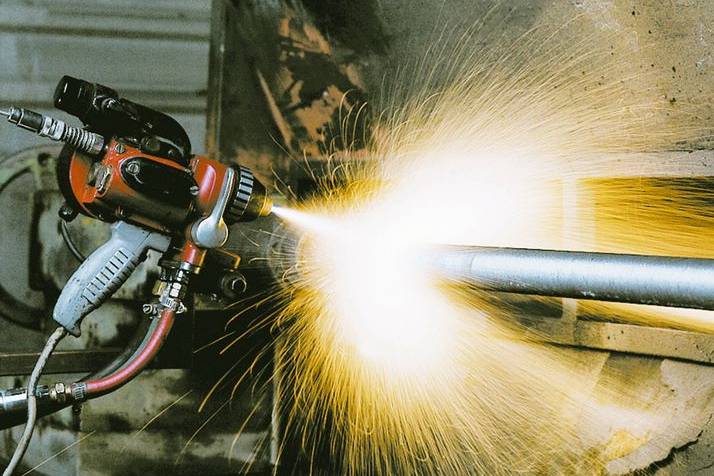Stainless Steel 316L Coating
Stainless steel is an alloy of iron that is resistant to rusting and corrosion. It contains at least 11% chromium and may contain elements such as carbon, other nonmetals and metals to obtain other desired properties. Stainless steel’s resistance to corrosion results from the chromium, which forms a passive film that can protect the material and self-heal in the presence of oxygen.
The resistance to corrosion and luster are used in many applications. Stainless steel can be rolled into sheets, plates, bars, wire, and tubing. These can be used in cookware, cutlery, surgical instruments, major appliances, vehicles, construction material in large buildings, industrial equipment (e.g., in paper mills, chemical plants, water treatment), and storage tanks and tankers for chemicals and food products.

Different types of stainless steel are labeled with an AISI three-digit number, The ISO 15510 standard lists the chemical compositions of stainless steels of the specifications in existing ISO, ASTM, EN, JIS, and GB standards in a useful interchange table.
Key Benifits
- Corrosion/ Rust Protection
- Energy savings
- Less maintenance/Lowest long term cost
- Improved Durability
- Environmental Friendly
- Increase Material life span
- Economic /Low Cost
- Ease of Inspection
- Applied in Field
- No Drying Time
- No Steel Restriction
- No Size Limitation


SS316L Thermal Spray Process…

Surface cleaning
Sandblasting is process of roughing and cleaning a hard surface by forcing solid particles across that surface at high speeds using compressed air.

Thermal spraying
Thermal spraying is a process where metal or metal alloys are melted and then sprayed onto a prepared substrate, creating a thin layered coating of about 50-500 Microns.

Sealant application
Sealant application is a painting technique in which a device sprays coating material through the air onto a surface.
